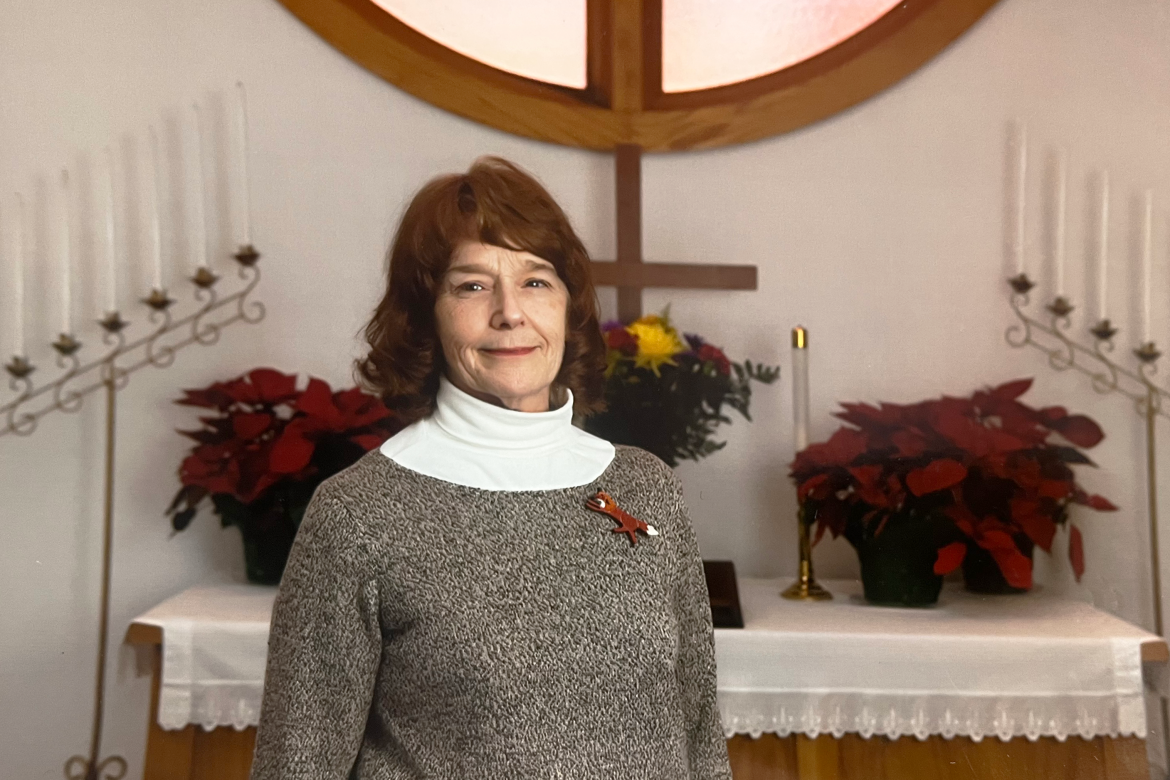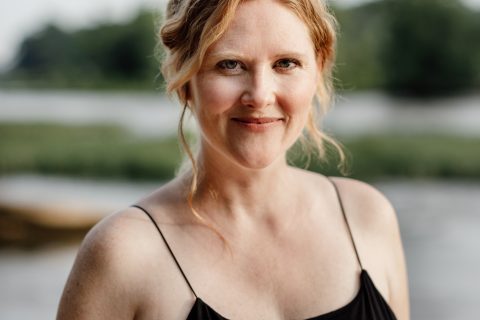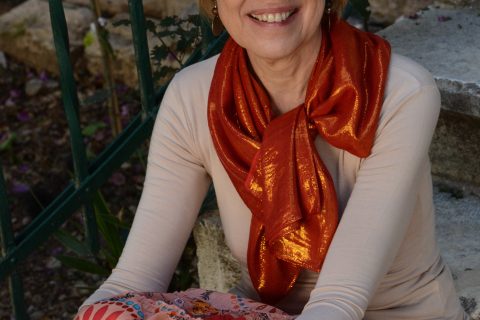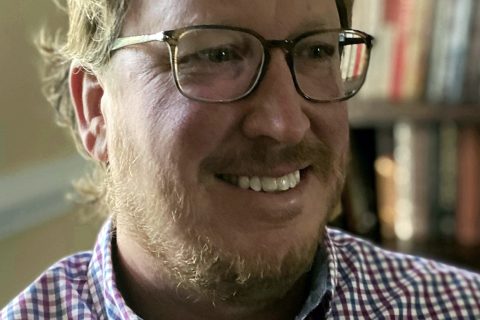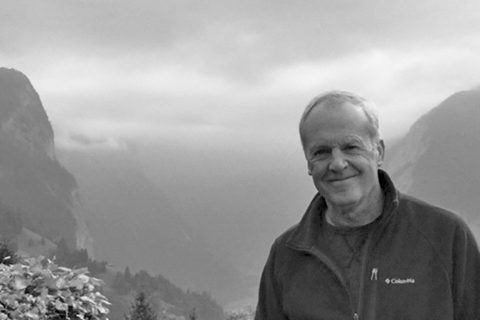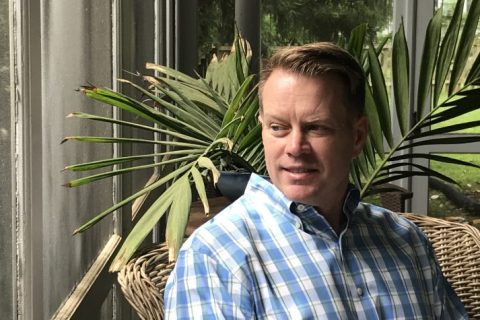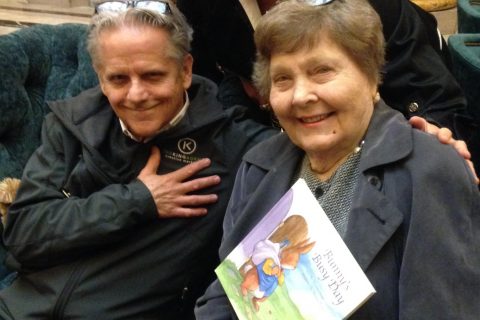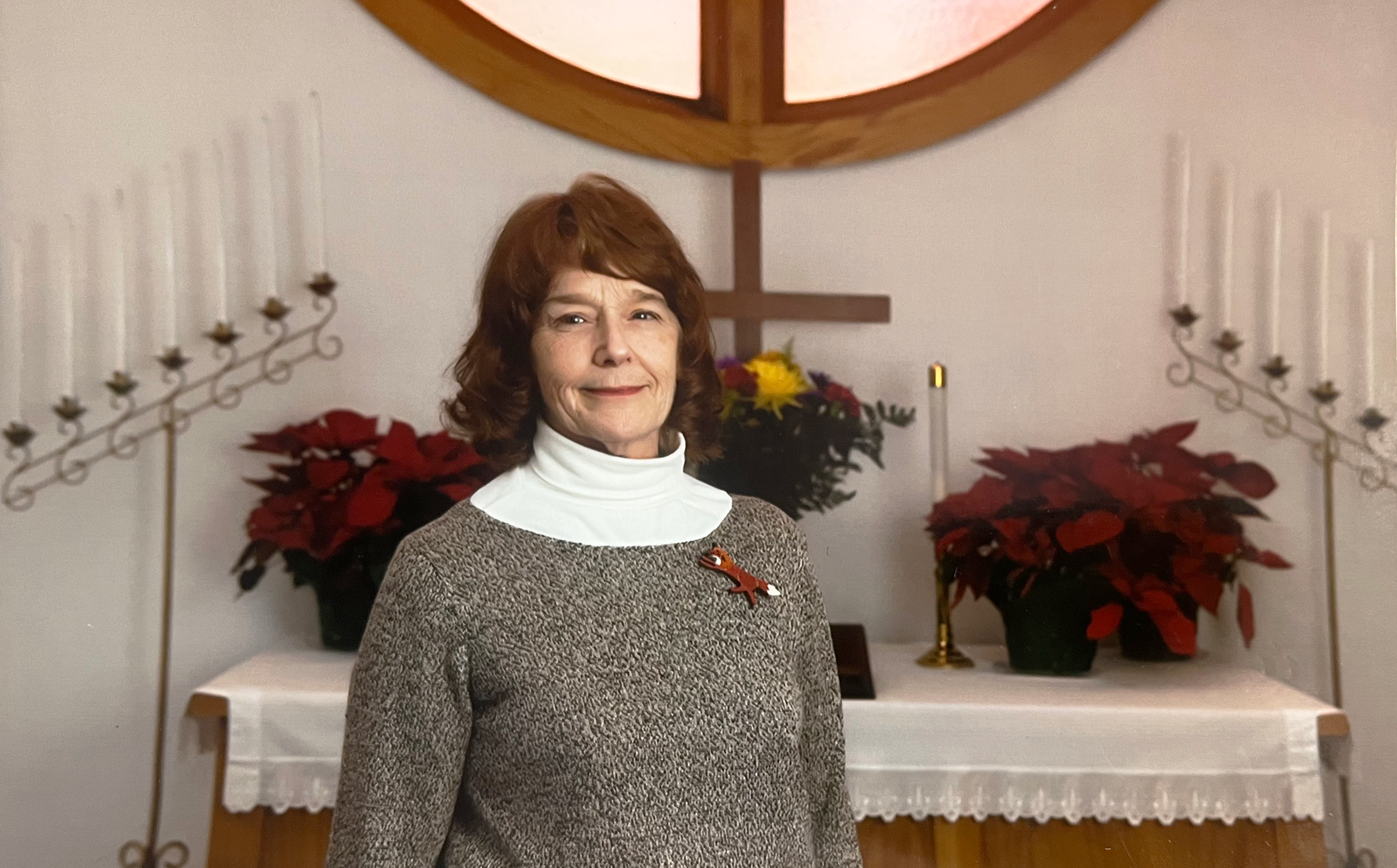 Q: How did you choose your Six Revolutionary WOW Factor Women? Did you know all of their names before setting out to write this book, or did you set out to research inspiring women of the era and discover them in the process? Which figure did you personally find most inspiring?
Q: How did you choose your Six Revolutionary WOW Factor Women? Did you know all of their names before setting out to write this book, or did you set out to research inspiring women of the era and discover them in the process? Which figure did you personally find most inspiring?
A: Writing is a curious journey. Topics somehow find me, invade my thoughts, and refuse to let me rest. I started out researching an ancestor, Sidney Johnson McMechen, who exchanged her comfortable life in Maryland for pioneering life in wilderness near what later became Wheeling, WV. I wanted to understand how her life must have been, the choices she made, and her methods of creative problem solving. It occurred to me that maybe, if I learned about other women of that time, I might solve the mystery surrounding my ancestor.
At the time, my cousin-in-law was curator of manuscripts and rare books for the library of The College of William & Mary. She introduced me to Ann Wager, the schoolteacher in Williamsburg, whose story appears in my book. She also recommended myriad sources pertaining to women in America’s colonial period. I was at the WOW Women buffet! I chose to study women of various backgrounds who were faced with difficult choices and used creative problem solving to resolve them. My hope is that these women will serve as positive role models for my young readers as they begin to make choices and engage in creative problem solving.
I love all six of my revolutionary WOW factor women. I believe Elizabeth Freeman is the most inspiring, although I do also have a sentimental favorite. My West Virginian grandaddy was a storyteller, and I always loved his tale of how Betty Zane saved Fort Henry. I have yet to understand why Sidney Johnson McMechen chose to be a pioneering woman, but I did learn more about Betty Zane, who lived at the same time and in the same location as my grandaddy’s “Way-Back-Many-Greats” Grandmother, whose story had inspired my research.
Q: I understand one of the more unique jobs on your résumé was leading ghost tours around Colonial Williamsburg and Yorktown! How and when did you first become interested in history? How did your enthusiasm for the topic help you engage with audiences?
A: Whether it is through the written or the spoken word, my constant goal is to make the world a little brighter. For those wondrous moments when I engage the young and not-so-young in a story, I invite them to slip away from this troublesome world and into my world, where history comes alive and all things are possible. Although the connection between literature and history always interested me, I became a storyteller, not an historian. Ghost stories evolve over time as folks try to explain the unexplainable. As a teller of ghost stories, I did my best to entertain—not scare—adults and children so they might imagine the strange and interesting events that occurred in the historic homes of Williamsburg and Yorktown.
As I grew as a storyteller, history gradually came alive. Remembering dates was no longer a chore. History had a grip on me. I even became a part of history when I learned, to my surprise, that the cannonballs still lodged in the exterior walls of several historic (and ghost filled!) Yorktown houses were made by Baker Johnson, the brother of my mysterious ancestor, Sidney Johnson McMechen. Those cannonballs were made at the request of George Washington to be used at the Battle of Yorktown, the decisive battle of the Revolutionary War.
Q: Each WOW Factor Woman’s story ends with a short discussion prompt designed to examine the story for its main takeaways. How early on in the writing process did you decide on this structure? What advice would you give other writers to build audience engagement into—or around—their own work?
A: A group of friends, third and fourth grade teachers, helped me brainstorm my idea for this story. They suggested approaching this project as values-based historical fiction, written as a compilation of short stories. These teachers expressed a need for recreational reading during units about the original Thirteen Colonies and the American Revolution. They had plenty of biographies and histories available but lacked historical fiction, especially about women. Thus, the “WOW Factor” was born. When faced with a challenge, each woman had to dig deep within to make a choice and engage in creative problem solving. She may have used courage, respect, perseverance etc., as she discovered her WOW (“Watch out World—I can do this!”) factor. Everyone, no matter what age, can use a little personal insight. My hope is for these women to emerge as role models for readers, and that the world will be a brighter place as my readers, young and old, discover their own WOW Factor!
As I see it, part of building audience engagement is inviting the reader to continue thinking about the story after it is finished. At the suggestion of my teacher friends, I included a pinch of history at the beginning of each story to give context, then ended each story with reflective questions. My hope is for these reflective questions to encourage communication between readers, whether it occurs in the classroom between students, classmates, and teachers, or at home with the family.
Already, I have received encouraging confirmation that the stories live on in readers’ minds once the book is finished. One teacher has expanded her unit on foods of the colonial period to include foods mentioned in Six Revolutionary WOW Factor Women. Another teacher plans to incorporate the WOW Factor women into a class’s annual living history museum trip.
Giving advice is tricky. But once you have your idea, it’s important ask yourself two soul-searching questions: Why am I writing this, and Who is my target audience? When you determine your audience, then you must think outside the box about what fun details you can weave into your story to keep your audience engaged, even long after the reading is finished. Burglars? A battle? Asparagus ice cream? Yes!
To learn more about Heidi, check out her book, Six Revolutionary WOW Factor Women!

